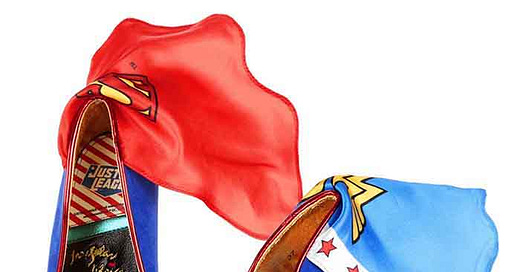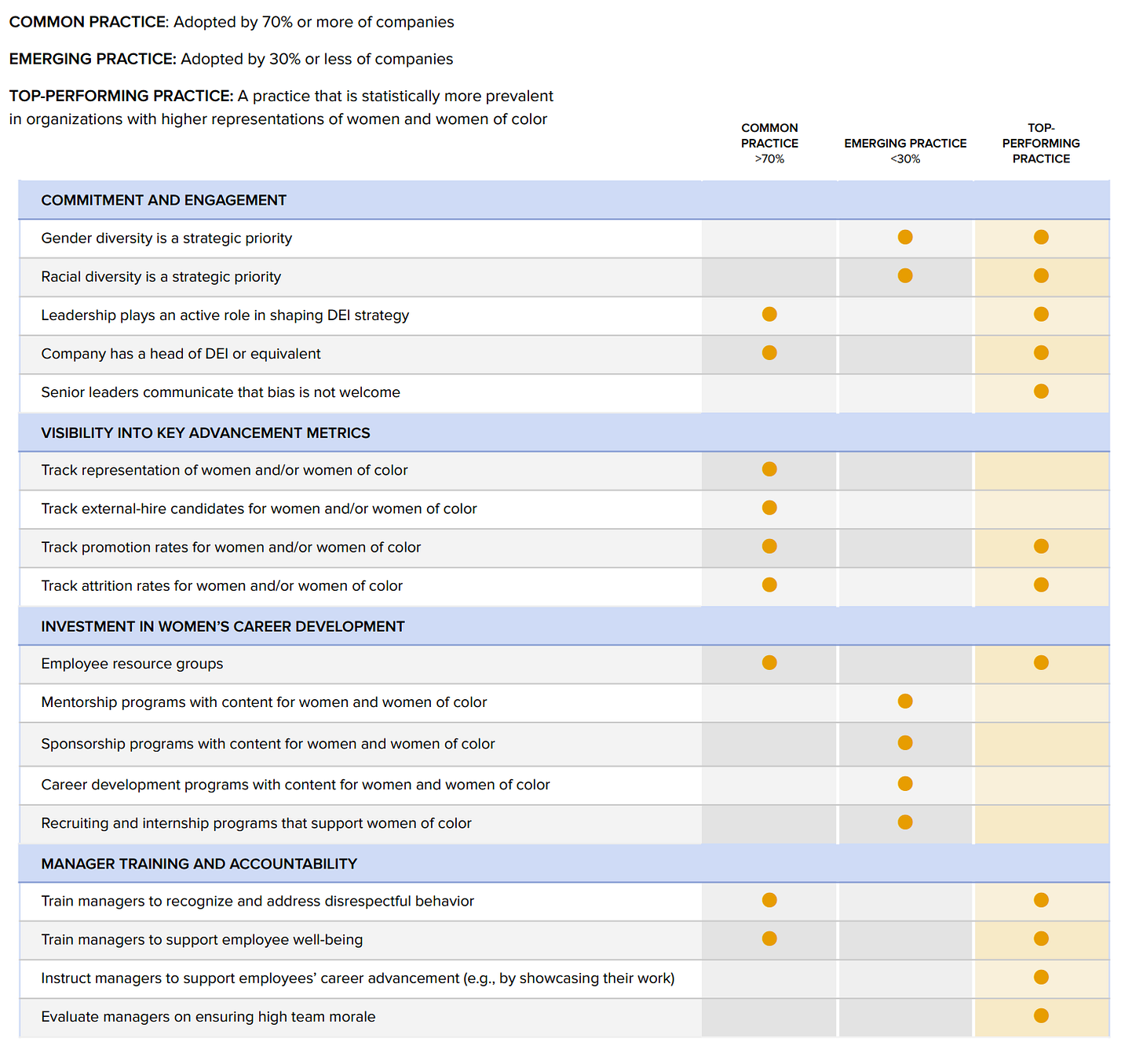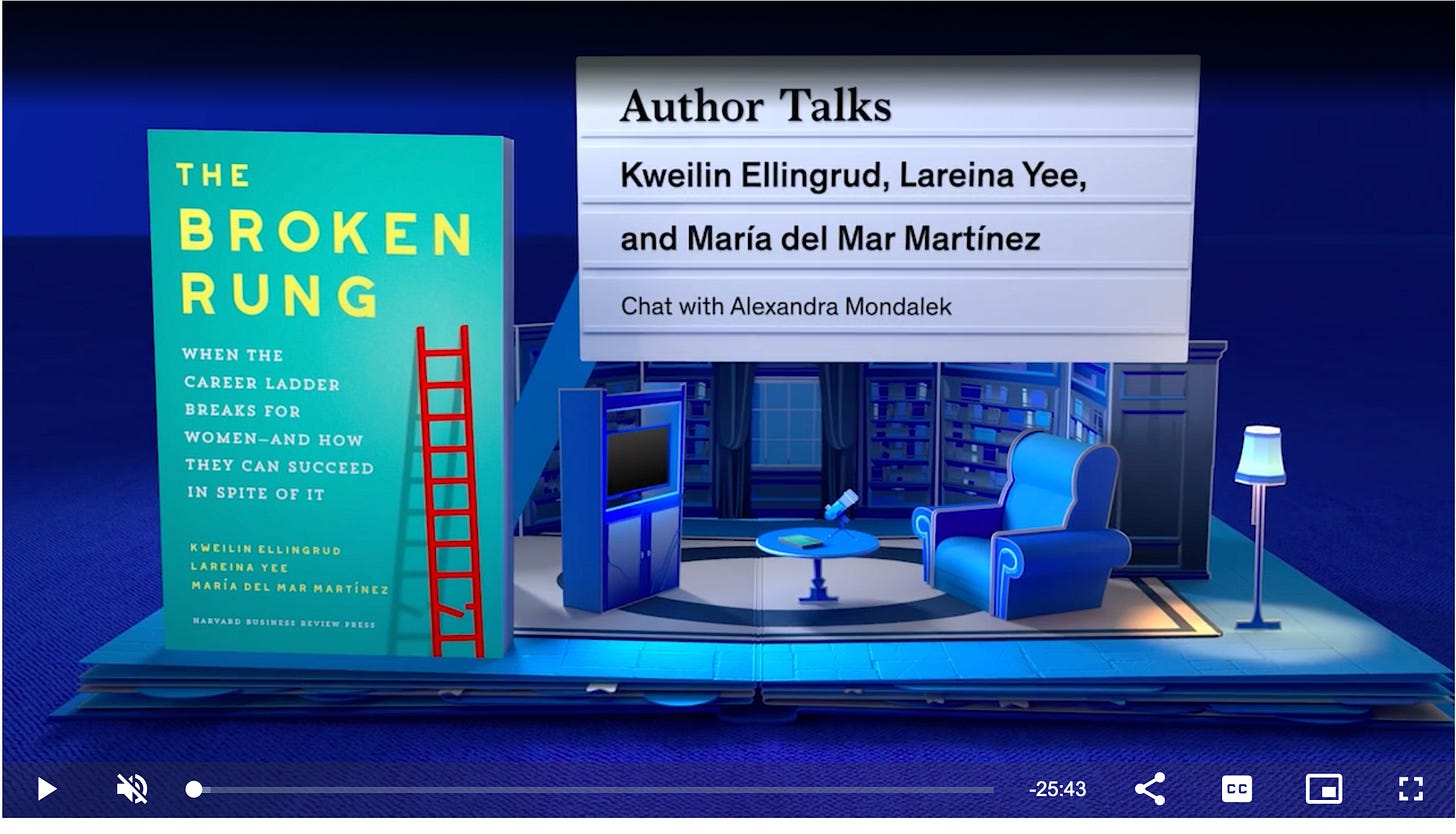Some Heroes Wear Heels: Women Driving Nonprofit Impact
March is Women’s History Month, a time to recognize the trailblazers who have paved the way for progress and the leaders who continue to break barriers today. While women make up the backbone of many industries—especially the nonprofit sector—gender disparities in leadership, pay, and workplace culture remain persistent challenges. This issue of Jani’s Journal explores the latest research on women in the workplace, the barriers they continue to face, and the solutions organizations can implement to foster true equity. From the Women in the Workplace 2024 report to insights on the “broken rung” in career progression, we’re diving into the challenges—and opportunities—for women in leadership. Plus, we’re highlighting inspiring organizations dedicated to advancing women’s empowerment worldwide. Whether you’re leading an organization, supporting a colleague, or advocating for change, these insights will help us all take steps toward a more inclusive and equitable future.
Don’t keep Jani’s Journal to yourself! Subscribe for more insights and forward this newsletter to colleagues who might benefit. Let’s grow our community and enhance our collective impact.
Jani’s Jackpot!
If you only have time to read one article, Jani’s Jackpot promises the ultimate payout!
🔗 Women in the Workplace 2024 🔗
Lean In, in partnership with McKinsey & Company released their 2024 report on Women in the Workplace. Despite increased investment in women’s advancement, progress remains fragile, highlighting the need for deeper, systemic change. Organizations must rekindle their commitment to diversity and fairness while ensuring that policies are not only in place but are consistently applied and effectively executed. This must-read for organizations committed to gender equity culminates in data-driven solutions to consider and identifies four key building blocks for successful implementation of top-performing practices:
Communicate the “why” – Ensure employees understand the importance of new practices.
Teach necessary skills – Equip employees with the tools to contribute effectively.
Implement structural support – Create mechanisms that sustain long-term change.
Model inclusive leadership – Leaders must actively demonstrate and reinforce behaviors.
What Women Are Up Against
🔗 The Toxic Culture Gap Shows Companies Are Failing Women 🔗
the MIT Sloan Review article details how the Great Breakup has led to record-high departures of female leaders, with women leaving at twice the rate of men due to toxic workplace cultures rather than just pay disparities. A large-scale analysis of employee reviews identified toxic culture as the biggest driver of gender gaps in workplace experiences, disproportionately affecting women. To close this gap, leaders must address systemic workplace issues beyond compensation. For nonprofit organizations that often have less competitive wages, ensuring an inclusive and equitable culture is even more critical to retaining top talent and fostering a sustainable workforce. Mission-driven leaders must actively address toxic behaviors, implement bias-free promotion processes, and create psychologically safe workplaces to support women in leadership and maintain an engaged team. Key takeaways include:
Toxic culture is the largest workplace culture gap between men and women, with women 41% more likely to experience it.
Gender inequity is the most frequently cited issue, followed by lack of inclusivity, disrespectful leadership, and favoritism.
Industries with high male representation (e.g., investment services, transportation, and engineering) exhibit larger gender gaps in toxicity than those with more women.
Toxicity extends beyond blue-collar roles, with senior women and knowledge workers experiencing some of the largest gaps.
Targeted interventions can quickly reduce toxicity, with leaders encouraged to measure microcultures, address pockets of toxicity, and commit to sustained cultural change.
🔗 Women Run Less Than 25% of Nonprofits: How Organizations Can Change That 🔗
Despite women making up 75% of the nonprofit workforce, they hold only 22% of CEO roles and 33% of board leadership positions in large organizations. Implicit biases, outdated hiring practices, and barriers to inclusion continue to limit women's leadership opportunities, particularly for women of color. Nonprofit organizations must align their internal practices with their external mission of equity. Proactively identifying and dismantling biases in hiring, networking, and leadership development will ensure that women—especially women of color—are not just present in leadership but fully supported to succeed. This article by Triple Pundit outlines key actions organizations can take to create inclusive professional spaces for female leaders to thrive. Key Takeaways:
Implicit bias in hiring leads to women being overlooked for leadership, with terms like "executive presence" reinforcing male-centric leadership traits.
Motherhood assumptions unfairly impact hiring decisions, while men’s family commitments are rarely questioned.
Women of color face additional barriers, including racial bias in perceptions of professionalism and a lack of support in leadership roles.
Hidden barriers to networking—such as exclusive, male-dominated events—limit women’s access to informal career advancement opportunities.
Organizations must prioritize diverse hiring and leadership development, ensuring structured onboarding and ongoing support to set women up for success.
🔗 Parental Leave Paradox: Why Women Who Take Longer Leaves Face Career Penalties in Men-Dominated Fields 🔗
While this theconversation.com article highlights the negative career impact of parental leave in men-dominated fields, it’s important to note this phenomenon happens in many fields, including nonprofits. Since 75% of the nonprofit workforce is female, yet women remain underrepresented in leadership, nonprofits must design policies that genuinely support career advancement for working mothers. The article notes that generous parental leave policies are designed to support women in male-dominated fields, new research suggests they may unintentionally harm women’s career progression by reinforcing gender biases. Key takeaways include:
Longer parental leave can negatively impact women's salaries and promotions in male-dominated fields, reinforcing stereotypes that women lack ambition or leadership qualities.
Men do not face the same penalties for taking parental leave; in some cases, their careers may even benefit from it.
Biases in hiring and promotion decisions persist post-leave, with women perceived as less committed compared to male peers.
Solutions for nonprofits and other sectors:
Implement keep-in-touch programs to help women stay engaged during leave.
Promote inclusive leadership and allyship, ensuring workplace cultures value flexibility and communal leadership traits.
Redefine success metrics to emphasize both productivity and relational contributions, fostering a more balanced approach to leadership.
🔗 The Broken Rung 🔗
McKinsey & Company features this video interview with the authors of The Broken Rung. Women make up a significant portion of the nonprofit workforce, yet they remain underrepresented in leadership roles. The “broken rung” effect—the gap in early promotions—prevents women from advancing, compounding inequities throughout their careers. Nonprofits, often mission-driven champions of equity, must address these barriers to ensure fair career growth for women in the sector. Too long to listen? Key takeaways for women in nonprofit leadership include:
Experience Capital Matters – Career growth isn’t just about education; nonprofits should provide women with leadership opportunities, mentorship, and skill-building to help them gain the experience needed for advancement.
Bias in Promotions & Hiring – Women are often overlooked for first-level management roles, leading to long-term underrepresentation in leadership. Nonprofit boards and hiring managers must address biases in promotion pathways.
Motherhood & Career Progression – Many women in nonprofits juggle caregiving responsibilities, leading to slower career advancement. Organizations should ensure supportive parental leave policies and return-to-work structures to prevent career stagnation.
The Power of Allyship – Women, especially women of color, thrive in workplaces where they receive active sponsorship and advocacy. Nonprofit leaders should foster cultures of support through mentorship and inclusive leadership development.
Redefining Leadership – Traditional leadership traits often exclude women. Nonprofits should value diverse leadership styles, recognizing that collaboration, empathy, and adaptability are just as critical as decisiveness and assertiveness.
Solutions & Inspiration
🔗 Continuing the Work of DEI, No Matter What Your Company Calls It 🔗
Despite increasing backlash, diversity, equity, and inclusion (DEI) efforts remain essential, according to this Harvard Business Review article. This is especially true for nonprofits committed to equitable workplaces and community impact. Rather than treating DEI as a separate initiative, nonprofits must embed inclusion into hiring, leadership development, and decision-making to ensure long-term success. Key proposed solutions include:
Reframe DEI as part of organizational culture, showing how inclusion strengthens teams, retention, and mission impact.
Use data strategically to track workplace experiences, hiring equity, and leadership diversity rather than relying solely on demographic goals.
Embed DEI into systems and leadership, ensuring structured hiring, promotion, and decision-making while equipping managers with tools to foster inclusive teams.
🔗 Ten Nonprofits Working to Empower Women Across the Globe 🔗
Let’s end with some inspiration! These organizations tackle issues such as economic empowerment, education, financial inclusion, and leadership development, ensuring that women have the tools and opportunities to thrive. Below are ten leading nonprofits making a global impact in women's empowerment:
Global Fund for Women – Provides grants and advocacy support to women's rights organizations worldwide.
Women for Women International – Supports marginalized women in conflict-affected areas through education and economic opportunities.
CARE International – Focuses on poverty alleviation and social justice with programs empowering women and girls.
Plan International – Advocates for girls’ rights, education, and protection against gender-based violence.
UN Women – Promotes global gender equality initiatives, including economic empowerment and political participation.
Girl Effect – Empowers adolescent girls through innovative education and health programs.
Kiva – Connects women entrepreneurs with microloans to support small businesses and financial independence.
Vital Voices – Invests in women leaders, offering mentorship and training to drive social and economic change.
Women’s World Banking – Expands financial inclusion by providing low-income women with access to banking and credit.
She’s the First – Supports girls’ education and mentorship to help them become first-generation graduates.
Enjoyed this issue? Don’t keep it to yourself! Subscribe for more insights and forward this newsletter to colleagues who might benefit. Let’s grow our community and enhance our collective impact.
Know a colleague or friend who would like at least one of the articles in this edition of Jani’s Journal? Sharing IS Caring!










